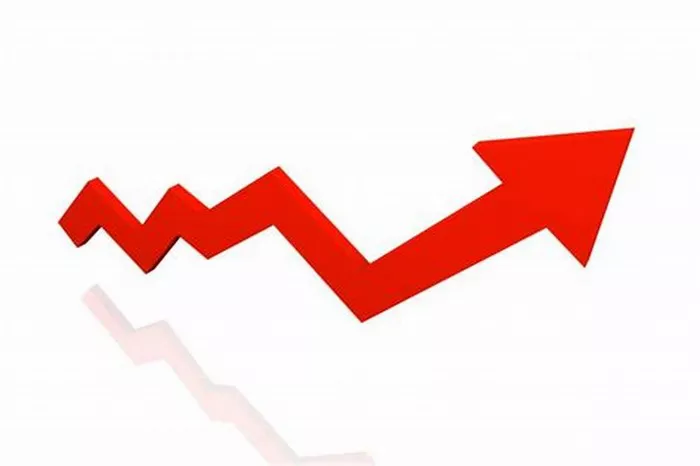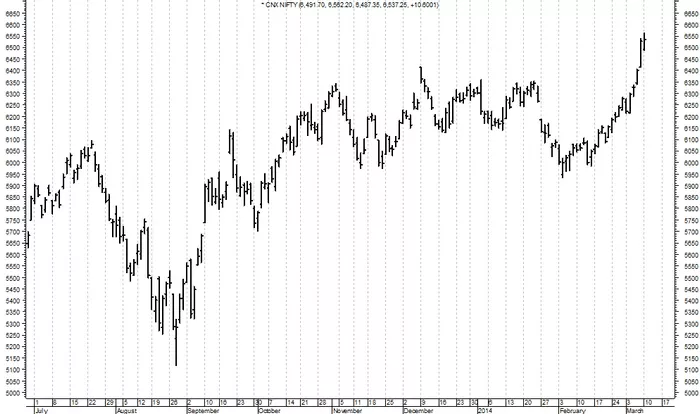Stagflation is an economic condition characterized by stagnant growth, high unemployment, and rising inflation. This scenario presents a unique challenge for investors, particularly those involved in the stock market. Understanding how stocks behave during stagflation can help investors navigate this tricky economic landscape.
What is Stagflation?
Definition and Causes
Stagflation combines stagnation and inflation, where the economy experiences little or no growth while prices for goods and services continue to rise. This unusual combination can be caused by various factors, including supply shocks, poor economic policies, and external economic pressures.
Historical Examples
Historically, the most notable period of stagflation occurred in the 1970s. This period was marked by high oil prices, slow economic growth, and significant inflation rates. Understanding this period can provide insights into how stocks might behave under similar conditions in the future.
See Also: 6 Stocks Worth Investing In On Cash App
1. Impact on Stock Market Performance
Decline in Corporate Profits
During stagflation, companies often face higher input costs due to rising prices for raw materials and energy. At the same time, consumer demand weakens because of reduced purchasing power and higher unemployment. This combination leads to a squeeze on corporate profits.
Lower Earnings
With declining profits, companies report lower earnings. Lower earnings, in turn, reduce the attractiveness of stocks to investors, leading to a decrease in stock prices. Investors typically look for growth and profitability, which are both hindered during stagflation.
2. Increased Market Volatility
Uncertainty and Investor Sentiment
Stagflation creates an environment of uncertainty. Investors become wary of the economic outlook and the potential for further declines in corporate performance. This uncertainty often leads to increased market volatility, with stock prices fluctuating more than usual.
Flight to Safety
Increased volatility often drives investors to seek safer investments. During stagflation, there is typically a shift from stocks to more stable assets such as government bonds, precious metals, or cash equivalents. This shift can exacerbate declines in stock prices as capital flows out of the equity market.
3. Sectoral Shifts
Defensive Sectors
Not all sectors of the economy are equally affected by stagflation. Defensive sectors, such as utilities, healthcare, and consumer staples, tend to perform better. These sectors provide essential goods and services that remain in demand regardless of economic conditions.
Cyclical Sectors
Cyclical sectors, including consumer discretionary, industrials, and financials, are more vulnerable during stagflation. These sectors depend on robust economic growth and consumer spending, both of which are typically subdued during periods of stagflation. Stocks in these sectors often underperform as a result.
4. Interest Rate Sensitivity
Rising Interest Rates
Central banks may raise interest rates to combat inflation during stagflation. Higher interest rates increase borrowing costs for companies, leading to reduced capital expenditure and slower growth. Stocks, especially those of highly leveraged companies, tend to suffer as a result.
Impact on Stock Valuations
Higher interest rates also affect stock valuations. The present value of future cash flows decreases with rising rates, leading to lower stock prices. Investors may also shift their preference towards fixed-income securities, which offer higher yields in a rising interest rate environment.
5. Dividend Yield Importance
Income Stability
In a stagflationary environment, where capital gains are harder to achieve, dividend yield becomes an important consideration for investors. Companies that consistently pay dividends provide a source of income, which can be particularly valuable during periods of economic uncertainty.
Attractiveness of High-Yield Stocks
High-yield dividend stocks become more attractive during stagflation. These stocks offer regular income, which can offset some of the negative impacts of declining stock prices. Investors often flock to these stocks, supporting their prices relative to the broader market.
6. Impact on Small vs. Large Cap Stocks
Small Cap Vulnerability
Small-cap stocks are generally more vulnerable during stagflation. These companies often have less financial stability and more limited access to capital. The higher borrowing costs and reduced consumer spending associated with stagflation can significantly impact their operations and profitability.
Large Cap Resilience
Large-cap stocks tend to be more resilient. These companies typically have more diversified operations, stronger balance sheets, and greater pricing power, allowing them to better navigate the challenges of stagflation. As a result, large-cap stocks often outperform small-cap stocks in a stagflationary environment.
Strategies for Investors
Diversification
Diversification becomes crucial during stagflation. By spreading investments across various sectors and asset classes, investors can mitigate some of the risks associated with stagflation. Including defensive stocks, bonds, and commodities in a portfolio can provide a buffer against market volatility.
Focus on Quality
Investors should focus on high-quality companies with strong balance sheets, stable cash flows, and a history of consistent dividend payments. These companies are better equipped to withstand the pressures of stagflation and provide more stable returns.
Long-Term Perspective
Maintaining a long-term perspective is essential. Stagflation can create short-term challenges, but staying focused on long-term investment goals can help investors ride out the volatility. Historically, the stock market has recovered from periods of economic distress, rewarding patient investors.
Conclusion
Stagflation presents a unique set of challenges for the stock market. Declining corporate profits, increased market volatility, sectoral shifts, interest rate sensitivity, the importance of dividend yield, and the differing impacts on small and large-cap stocks all play a role. By understanding these dynamics, investors can develop strategies to navigate stagflation effectively, focusing on diversification, quality, and a long-term perspective.
Related topics:





























